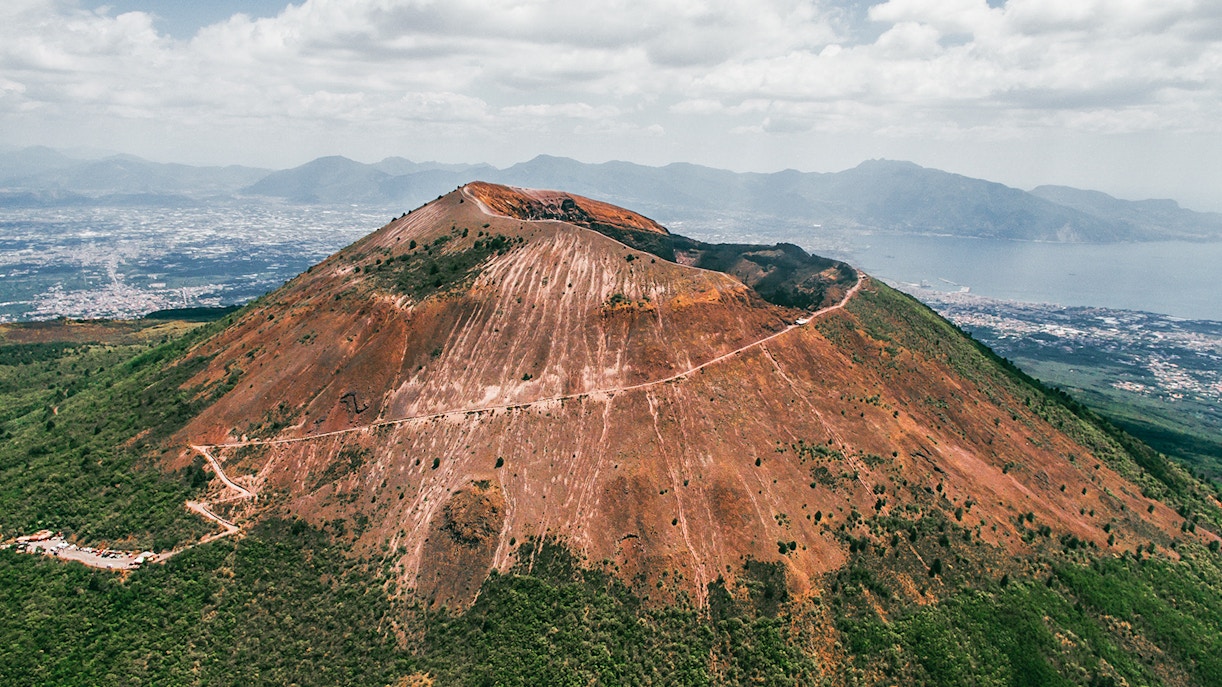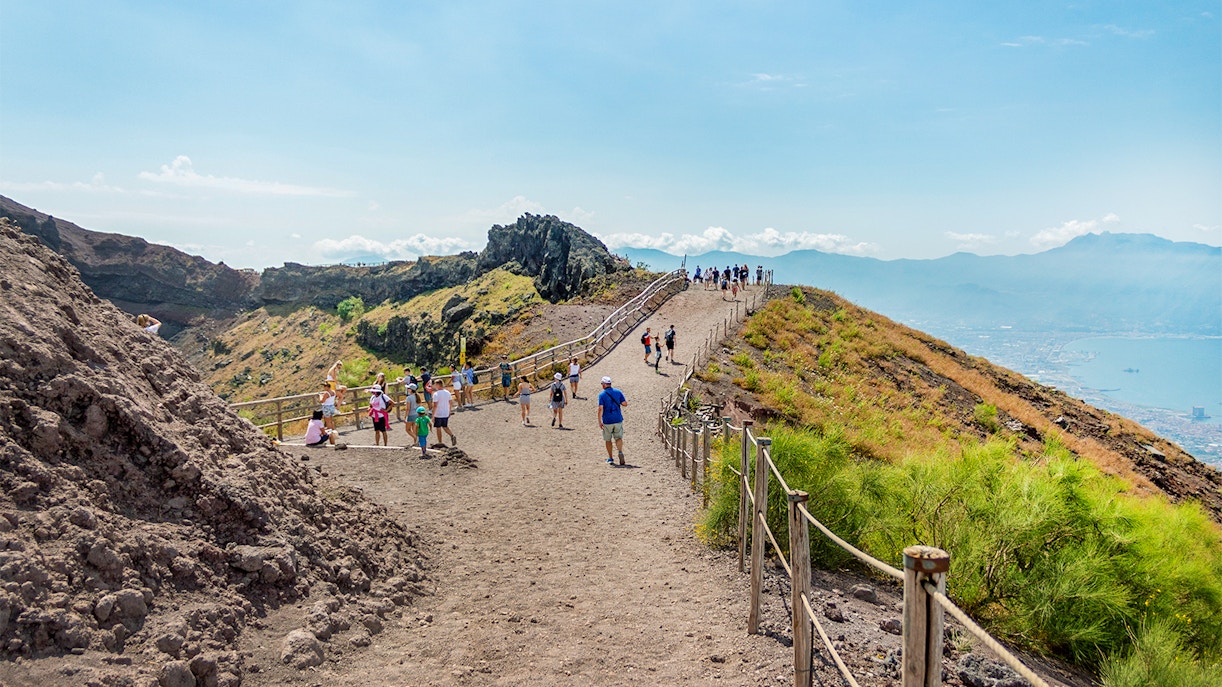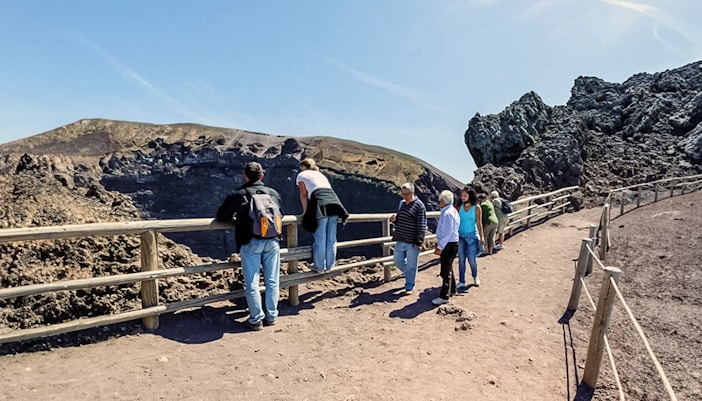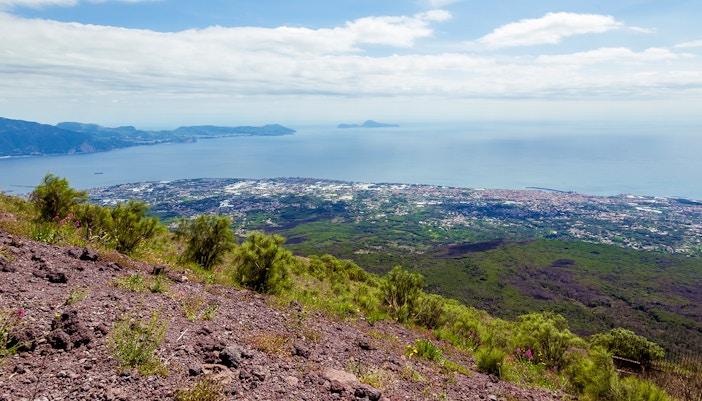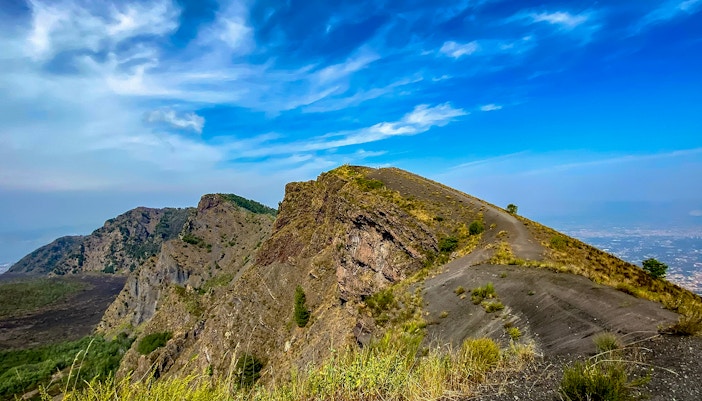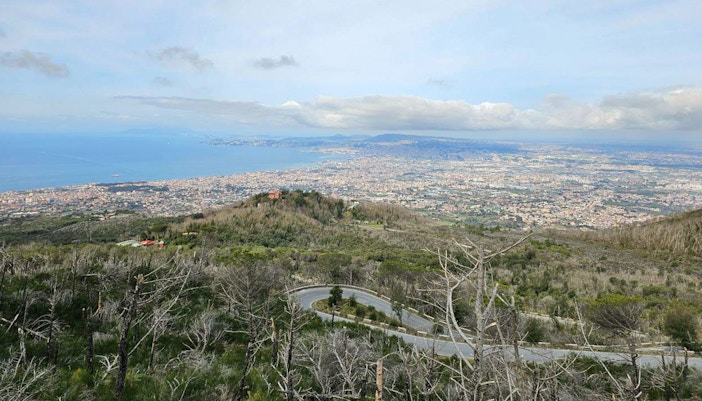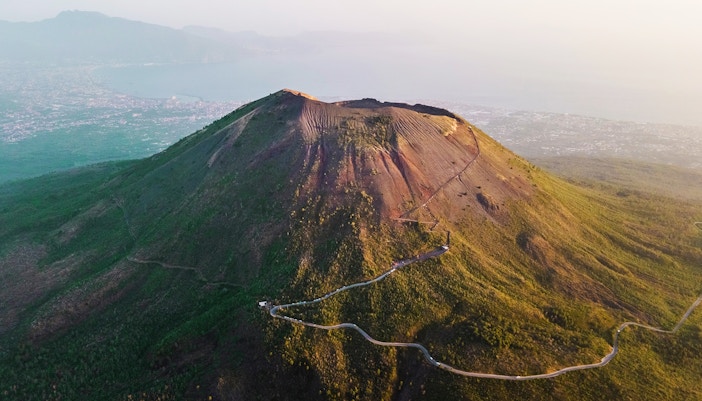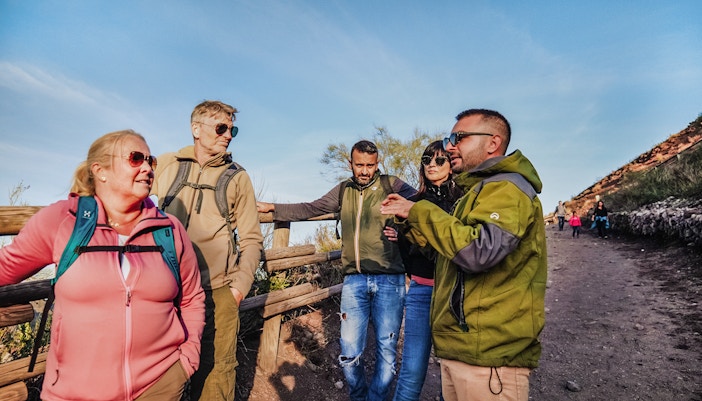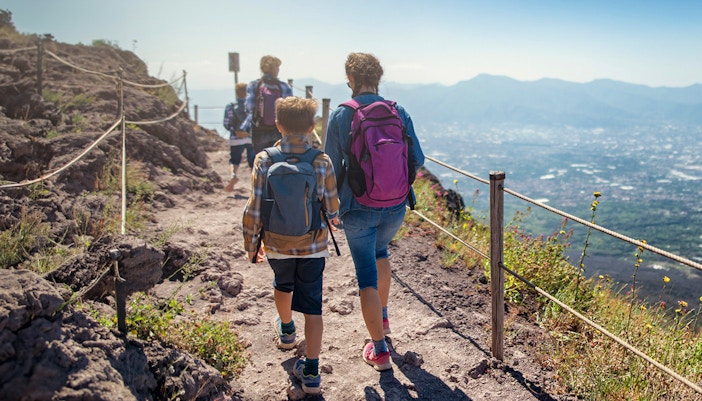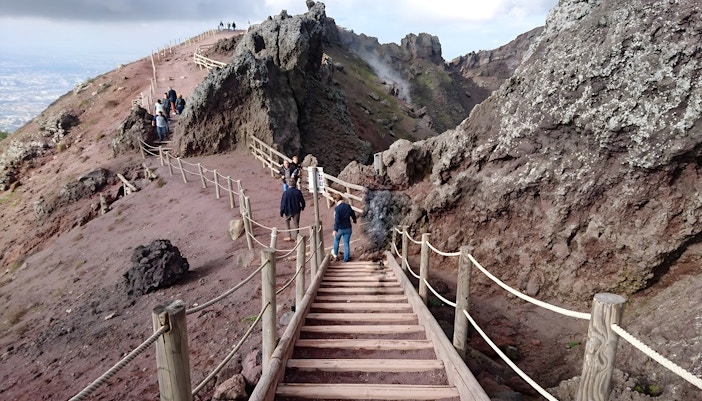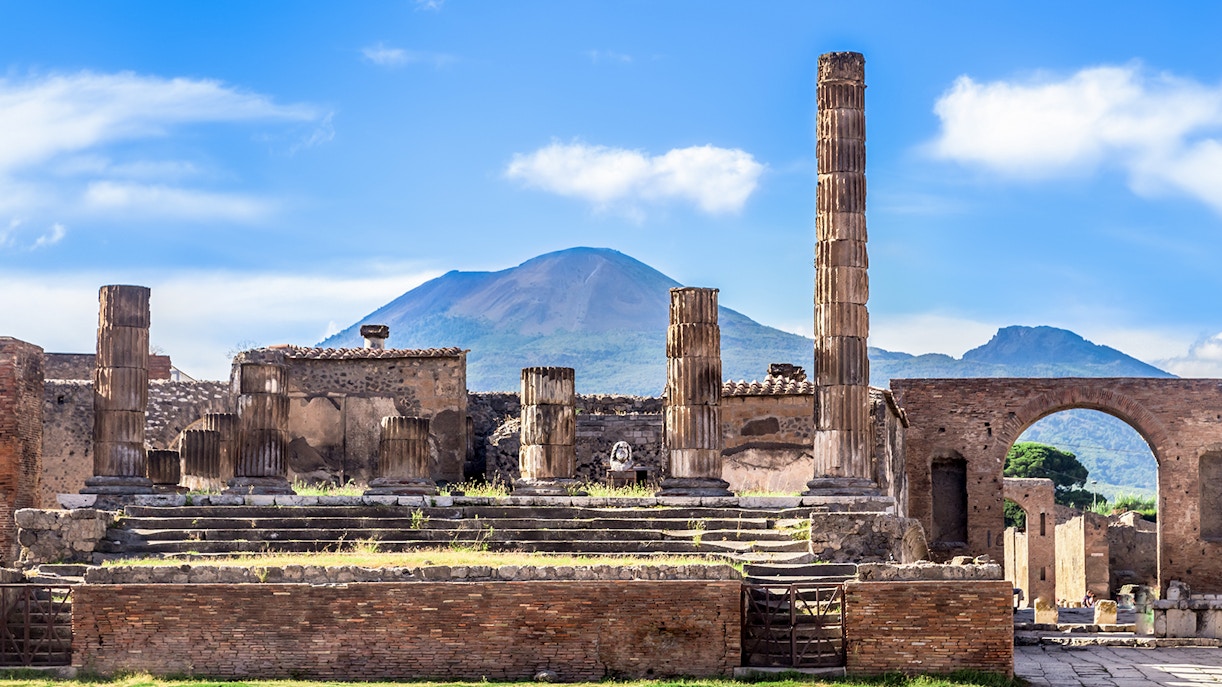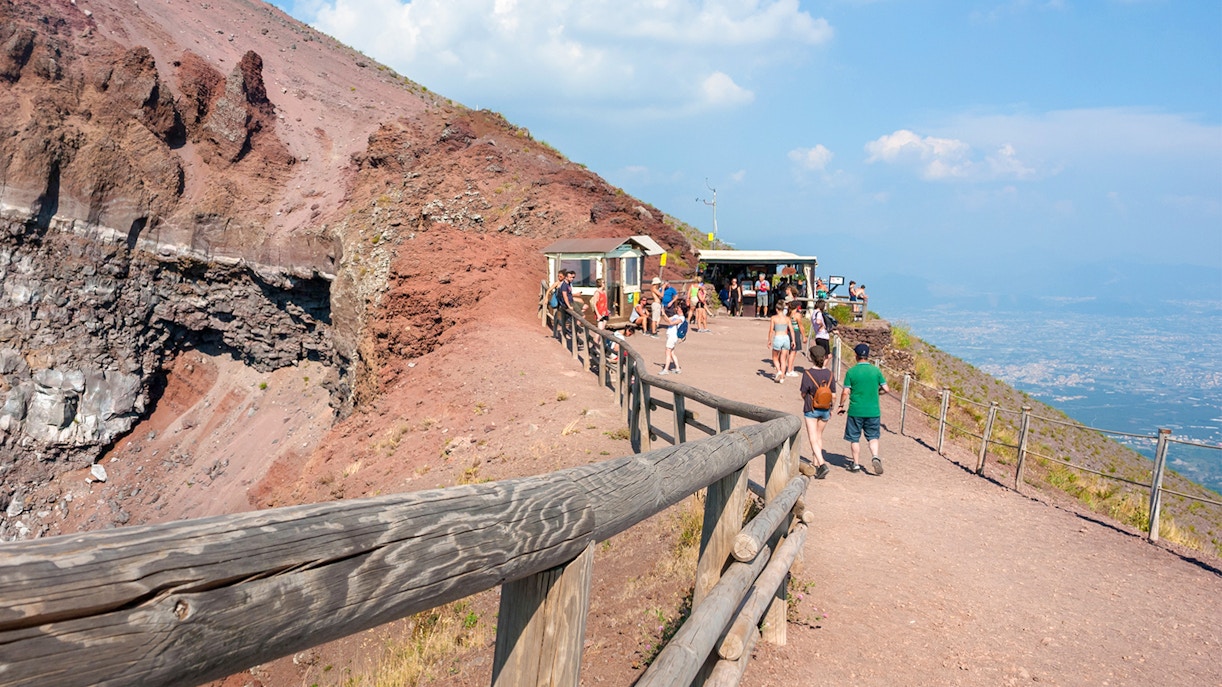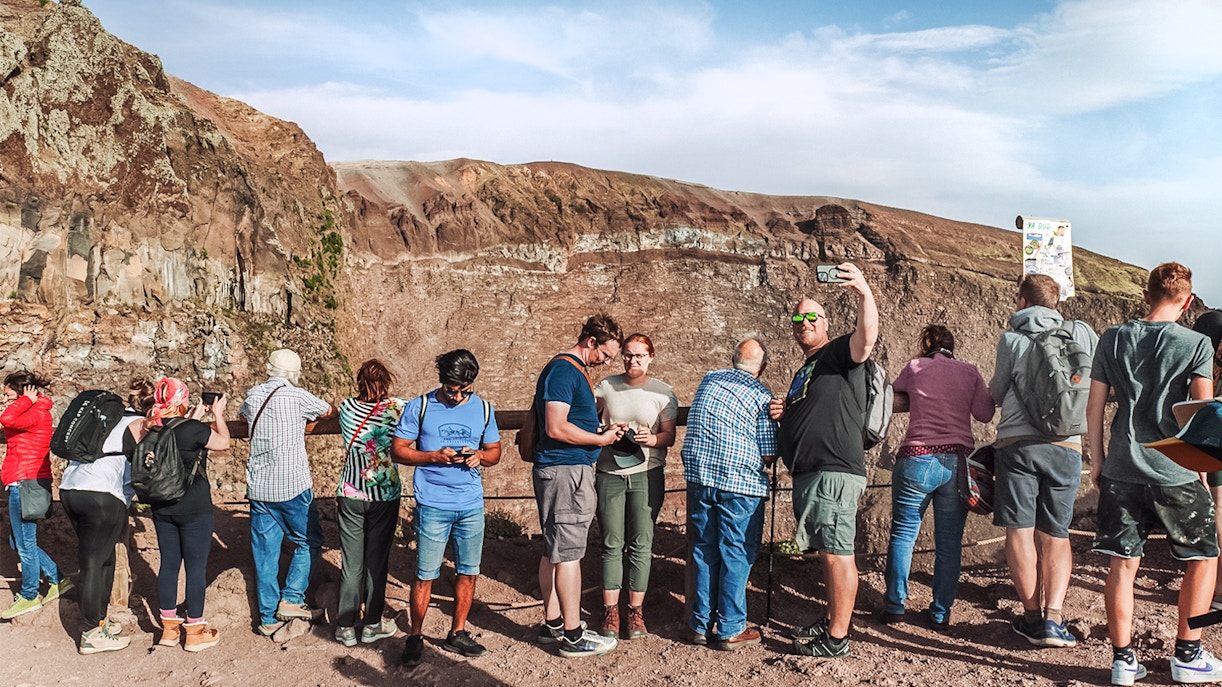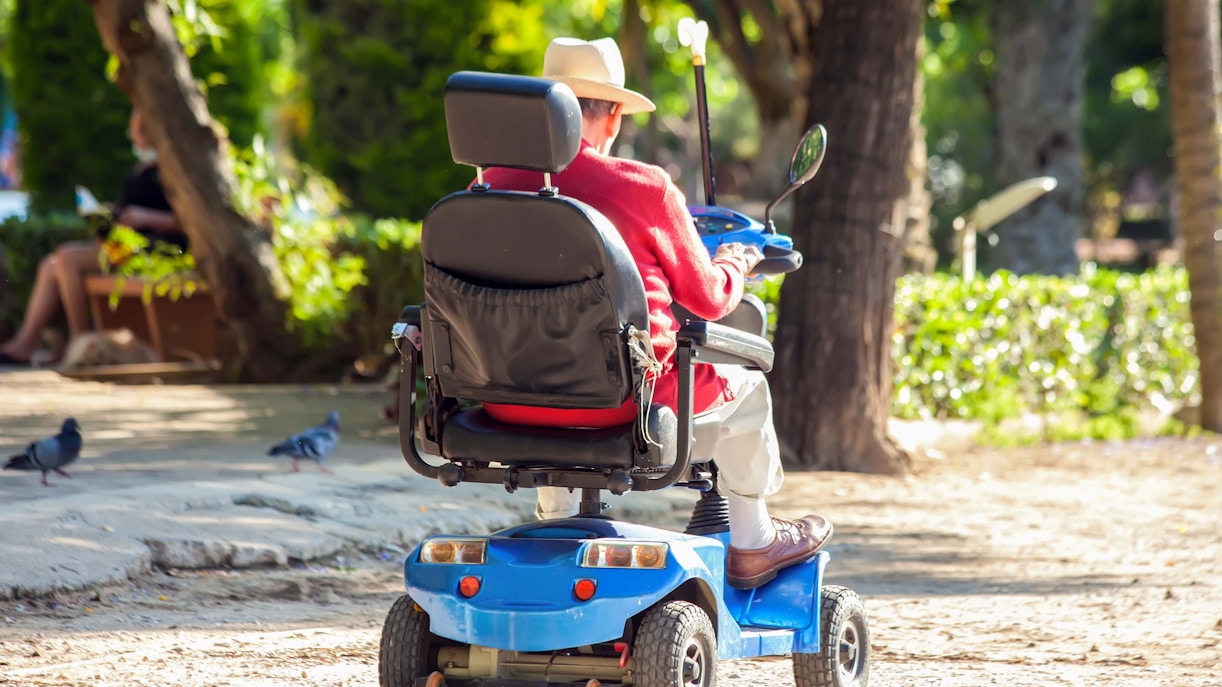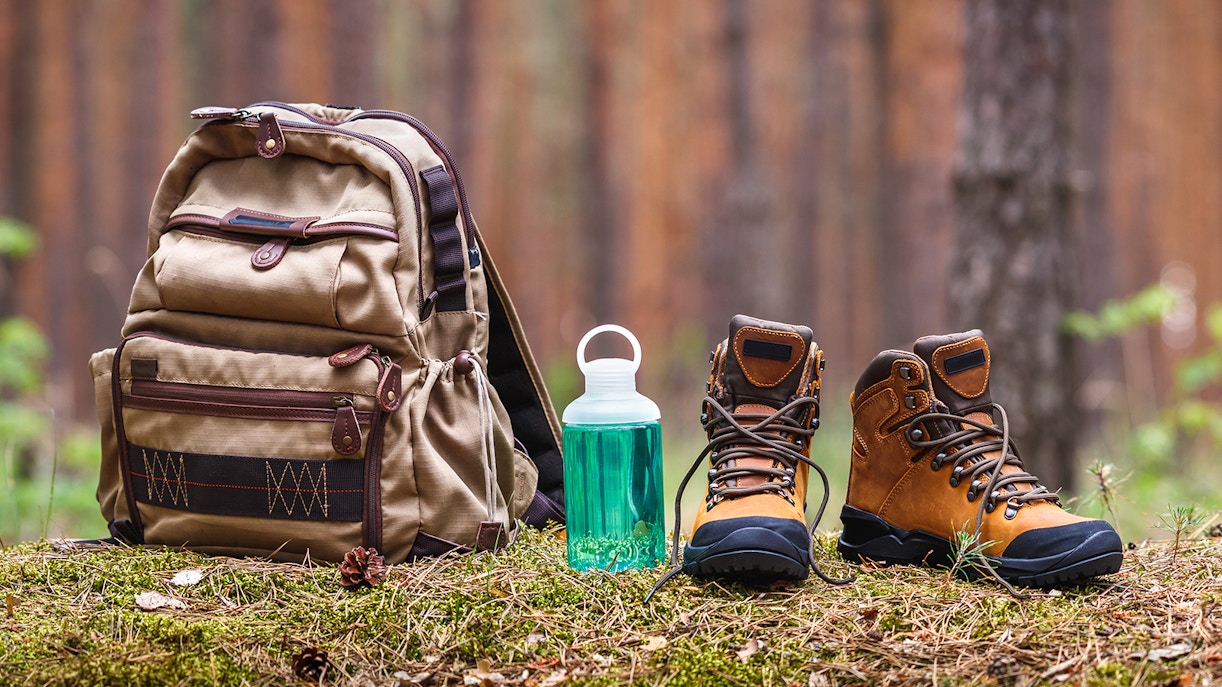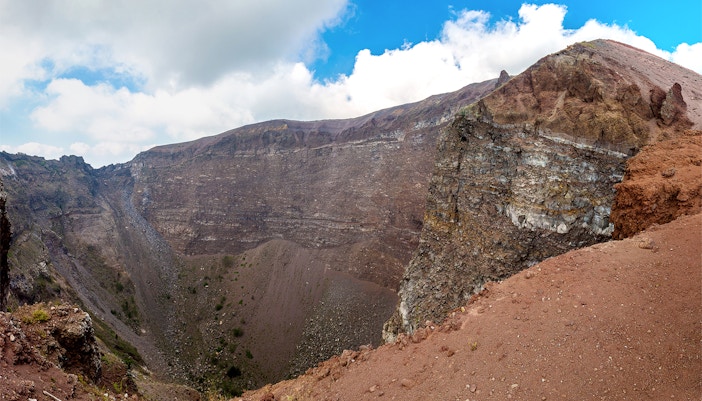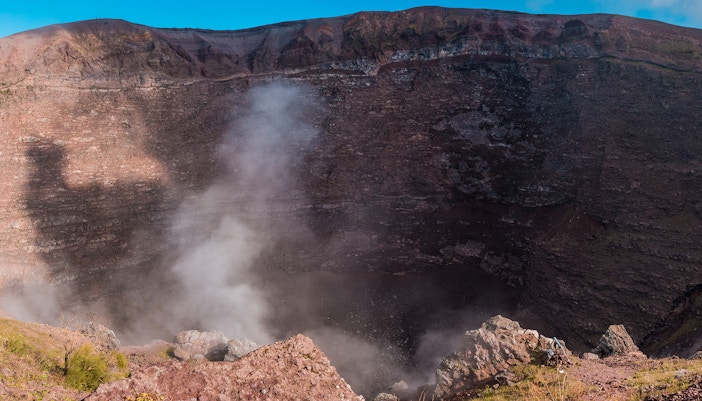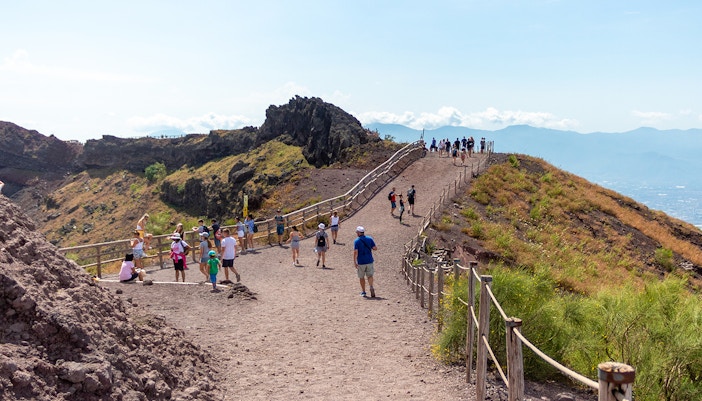Climbing Mount Vesuvius is generally safe, but it's essential to be aware of current regulations and potential hazards. The park regularly updates safety guidelines based on volcanic activity and weather conditions. Check for the latest information before your visit.
How many times has Vesuvius erupted?
Mount Vesuvius is renowned for its catastrophic eruption in AD 79 that buried Pompeii and Herculaneum. Since then, it has erupted several times, with the most recent significant eruption occurring in 1944. Each eruption has had a profound impact on the region, shaping the landscape and influencing local history.
